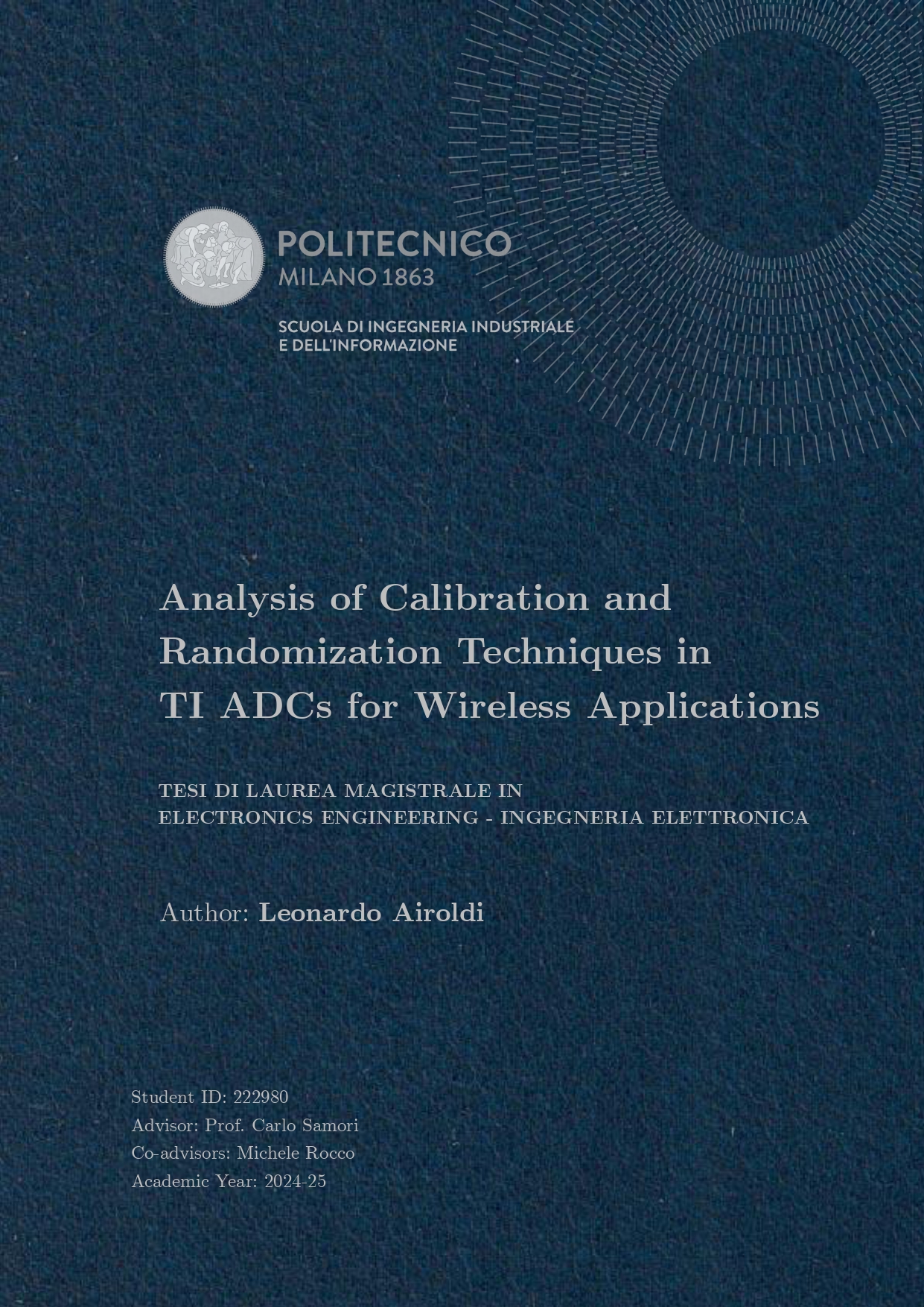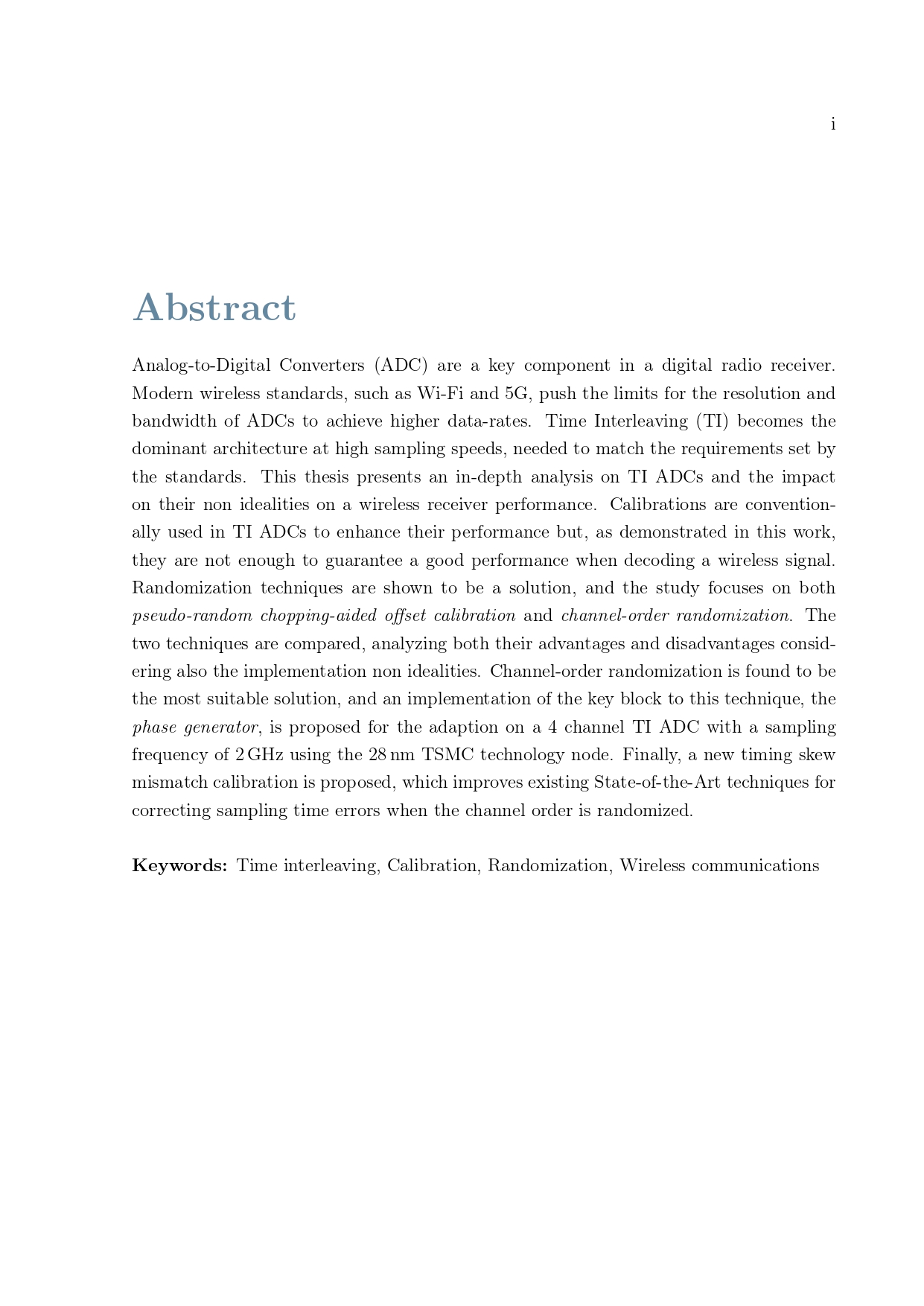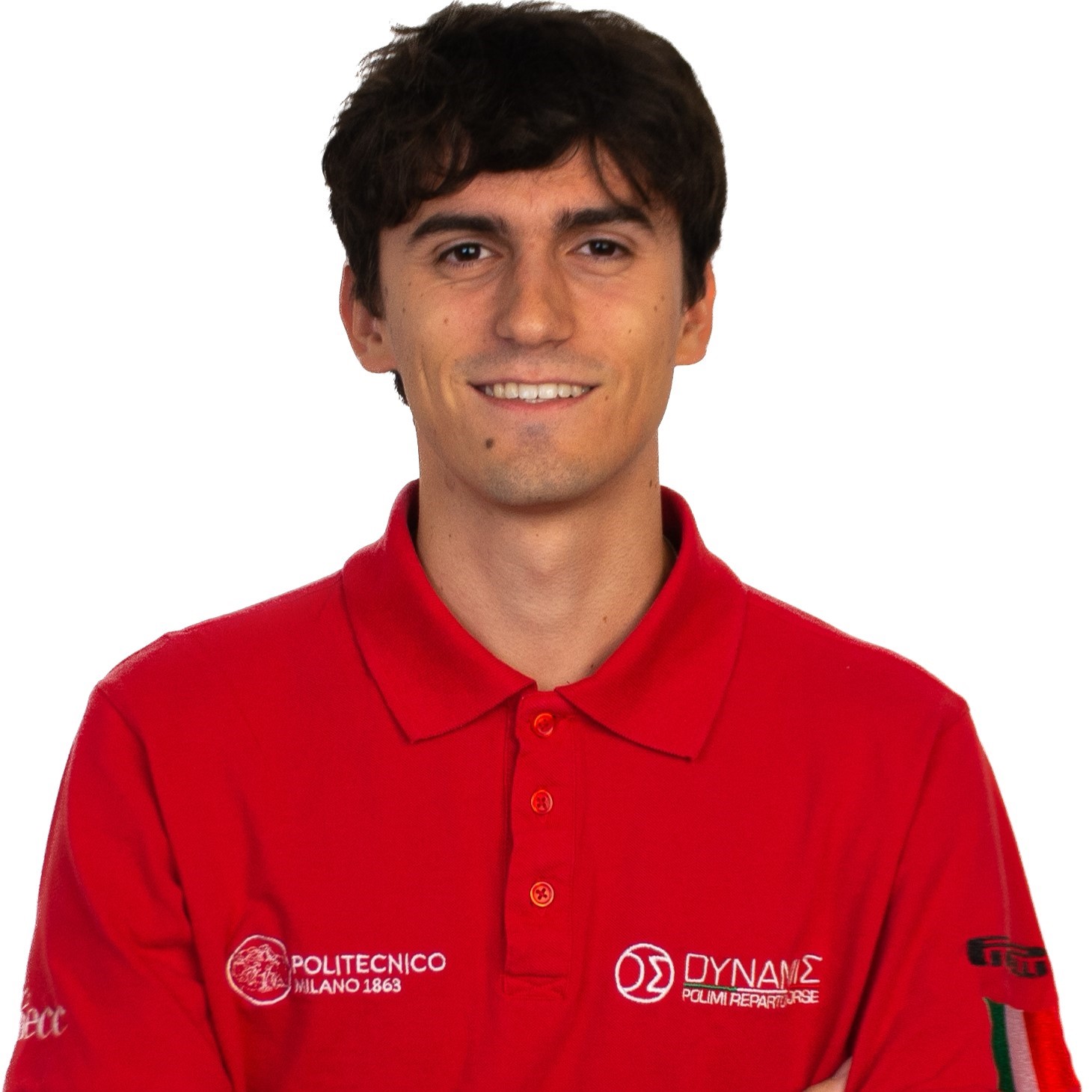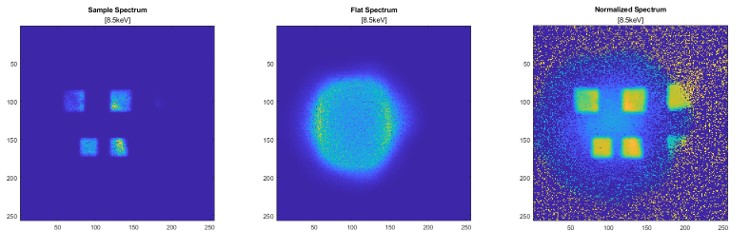Electronics Engineering - Master Thesis
On July 22nd, I successfully defended my Master’s Thesis in Electronics Engineering at Politecnico di Milano. In my final year I joined ARPLab, a research group dedicated to advancing Integrated Circuits.
My thesis, developed within the Analog-to-Digital Converter (ADC) team, focused on analyzing the impact of non-idealities in Time-Interleaved (TI) converters, a key component in modern wireless digital radio receivers such as Wi-Fi 7 and 5G.
It was a long journey, full of challenges, but also very rewarding. I got to dive into something new, contribute (even in a small way) to state-of-the-art ICs, and most importantly, learn from some truly brilliant engineers along the way.
Thanks everyone who made this dream possible.


Analysis of Calibration and Randomization Techniques in TI ADCs for Wireless Applications
Analog-to-Digital Converters (ADC) are a key component in a digital radio receiver. Modern wireless standards, such as Wi-Fi and 5G, push the limits for the resolution and bandwidth of ADCs to achieve higher data-rates. Time Interleaving (TI) becomes the dominant architecture at high sampling speeds, needed to match the requirements set by the standards. This thesis presents an in-depth analysis on TI ADCs and the impact on their non idealities on a wireless receiver performance. Calibrations are conventionally used in TI ADCs to enhance their performance but, as demonstrated in this work, they are not enough to guarantee a good performance when decoding a wireless signal. Randomization techniques are shown to be a solution, and the study focuses on both pseudo-random chopping-aided offset calibration and channel-order randomization. The two techniques are compared, analyzing both their advantages and disadvantages considering also the implementation non idealities. Channel-order randomization is found to be the most suitable solution, and an implementation of the key block to this technique, the phase generator, is proposed for the adaption on a 4 channel TI ADC with a sampling frequency of 2GHz using the 28nm TSMC technology node. Finally, a new timing skew mismatch calibration is proposed, which improves existing State-of-the-Art techniques for correcting sampling time errors when the channel order is randomized.





Comments